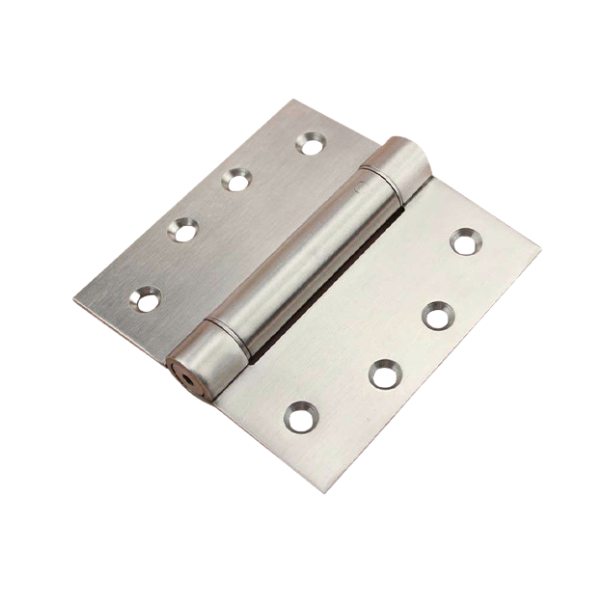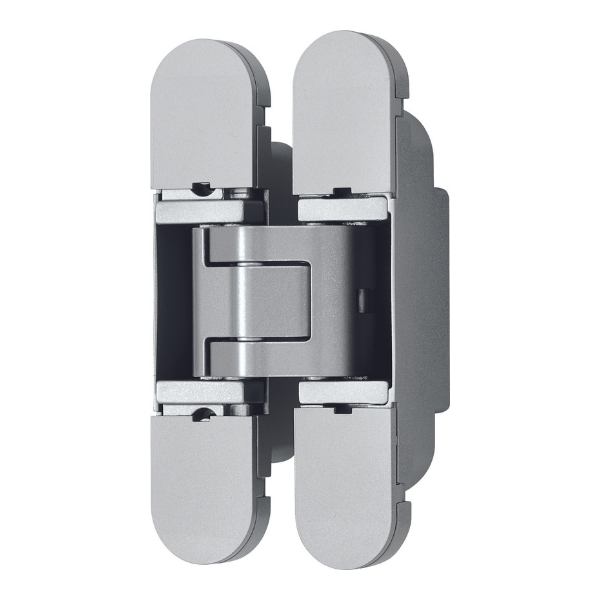Hinges serve an essential role in the operation of doors. They are the mechanical components that allow doors to swing open and closed. However, when it comes to fire and escape doors, hinges play an even more critical role. They are designed to ensure that the door can be opened quickly and easily in the event of an emergency, such as a fire. In this essay, we will discuss the importance of choosing the right hinge for fire and escape doors.
The Importance of Hinges
Hinges play a crucial role in the functionality of any door, and for fire and escape doors, they are even more important. The right hinge ensures that the door can be opened easily and smoothly during an emergency. It also ensures that the door remains closed when not in use, preventing the spread of fire and smoke in case of fire.
One of the significant factors that must be considered when choosing a hinge for a fire and escape door is its durability. Fire and escape doors are subject to frequent use, and the hinge must withstand this daily wear and tear. It is also essential to choose a hinge that is compatible with the door’s weight and size to ensure that the door can be opened smoothly and easily.

Criteria for Choosing Hinges for Fire and Escape Doors
When choosing hinges for fire and escape doors, there are several criteria that must be considered. The first consideration is the material of the hinge. The most common materials for hinges are steel, brass, and stainless steel. Brass hinges are not recommended for fire and escape doors because they are less durable and more prone to warping and melting under high temperatures.

The second consideration is the size and weight of the door. The hinge must be able to support the weight of the door and allow it to swing open and close smoothly. It is essential to choose hinges that are strong and durable enough to withstand the weight of the door, especially in the event of an emergency when people are rushing to exit the building.
Finally, the hinge must be able to provide a smooth and easy operation of the door. This is especially important for escape doors, where every second counts. The hinge must not bind, squeak, or require excessive force to open or close the door.
Types of Hinges for Fire and Escape Doors
There are several types of hinges that are suitable for fire and escape doors. One of the most common types is the ball-bearing hinge. This type of hinge uses ball bearings to reduce friction and allow for a smooth operation of the door. It is an excellent option for heavy doors that require a lot of support.

Another popular option is the spring hinge. This type of hinge uses a spring mechanism to automatically close the door after it has been opened. It is ideal for fire doors that must remain closed at all times to prevent the spread of fire.

The third type of hinge is the concealed hinge. This type of hinge is mounted on the inside of the door and is not visible from the outside. It provides a sleek and modern look while also ensuring that the door is secure and functional.

Installation and Maintenance of Hinges
Choosing the appropriate hinge for a fire or escape door is only the first step. Proper installation and maintenance are also critical to ensure that the hinge functions correctly. It is essential to follow the manufacturer’s installation instructions carefully and use the correct tools for the job.
Regular maintenance of hinges is also necessary to ensure that they operate smoothly and reliably. Hinges should be inspected periodically to ensure that they are not damaged or worn out. Lubrication of the hinge is also crucial to ensure that it operates smoothly.

Fire Rating of Hinges
Another crucial factor to consider when selecting hinges for fire and escape doors is the fire rating of the hinge. Most jurisdictions require that fire doors have hinges that are rated for the same amount of time as the door itself. For example, if the door is rated for 60 minutes, the hinges must also be rated for 60 minutes.
It is essential to select hinges that are tested and certified by recognized testing organizations, such as UL, Intertek, or FM Global. These organizations test hinges to ensure that they meet the required fire rating standards.
Conclusion
In conclusion, the selection of hinges for fire and escape doors is crucial for ensuring the safety of building occupants. The appropriate hinge must be chosen based on the material, size and weight of the door, ease of operation, fire rating, and other factors. The installation and maintenance of hinges are also critical to ensure that they function correctly in an emergency. By following these guidelines, building owners can ensure that their fire and escape doors are safe, reliable, and compliant with relevant regulations.


